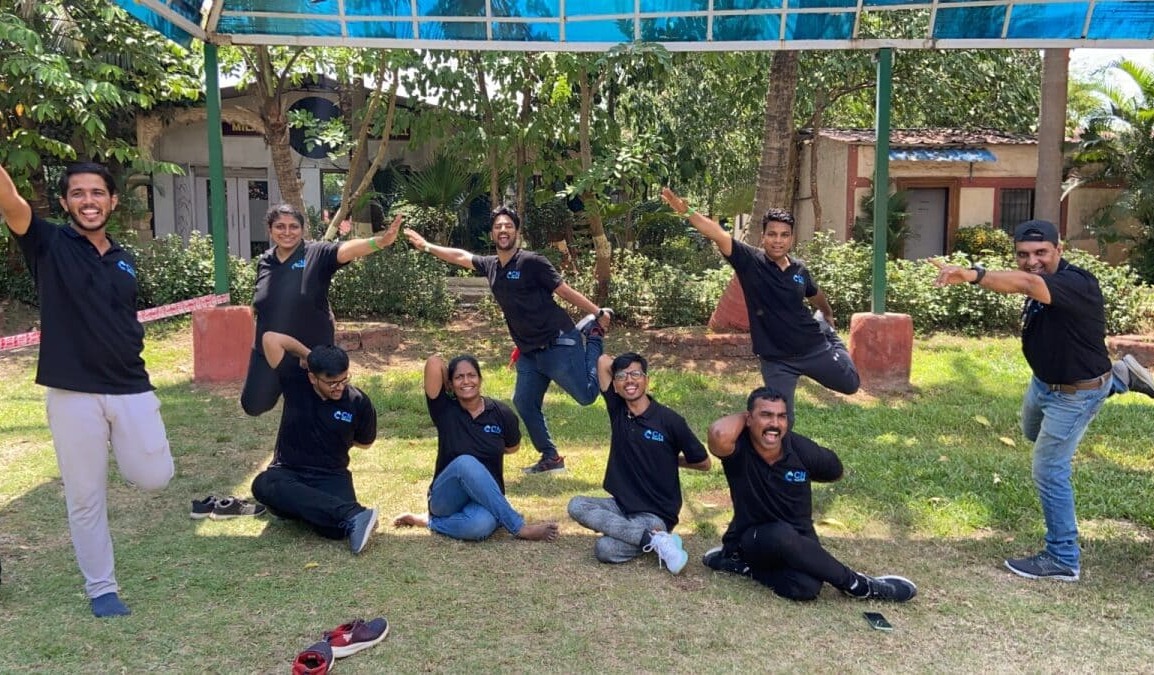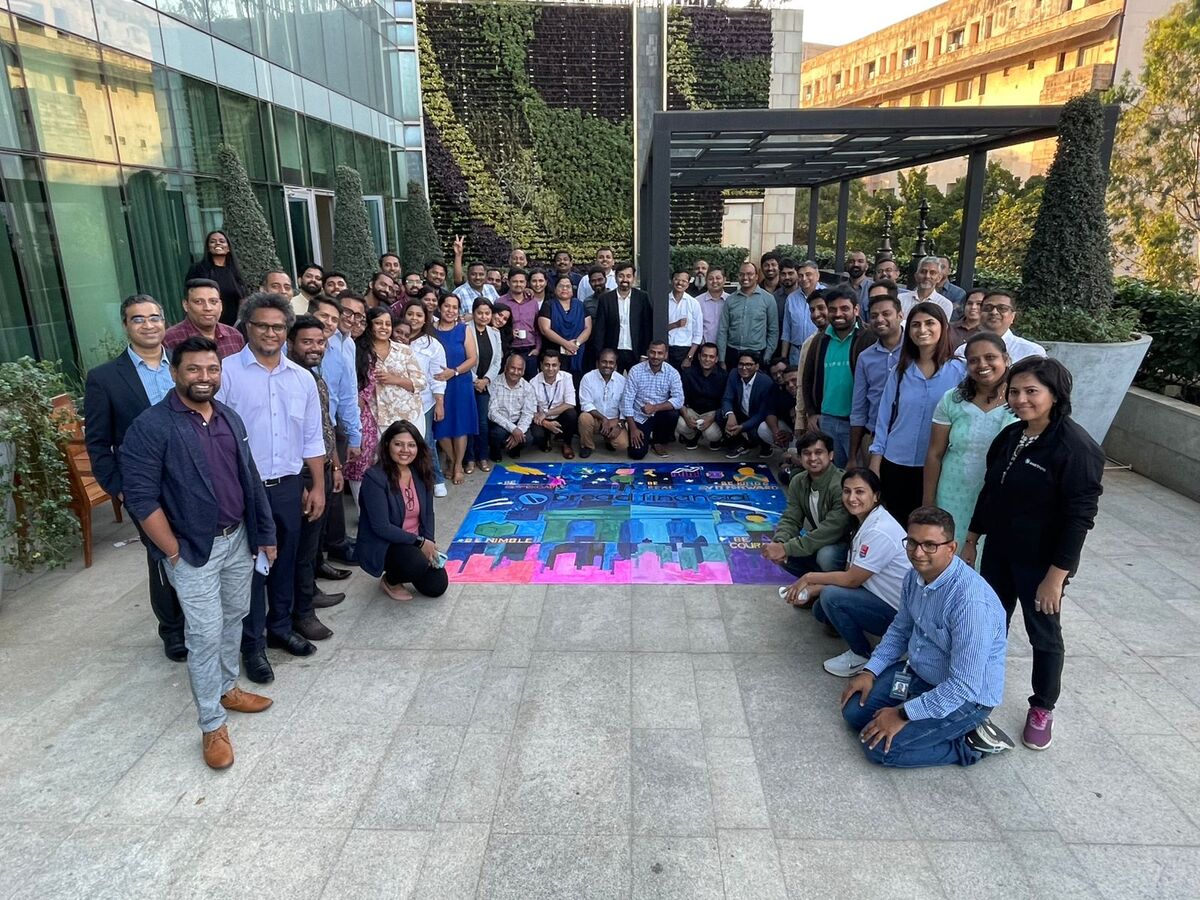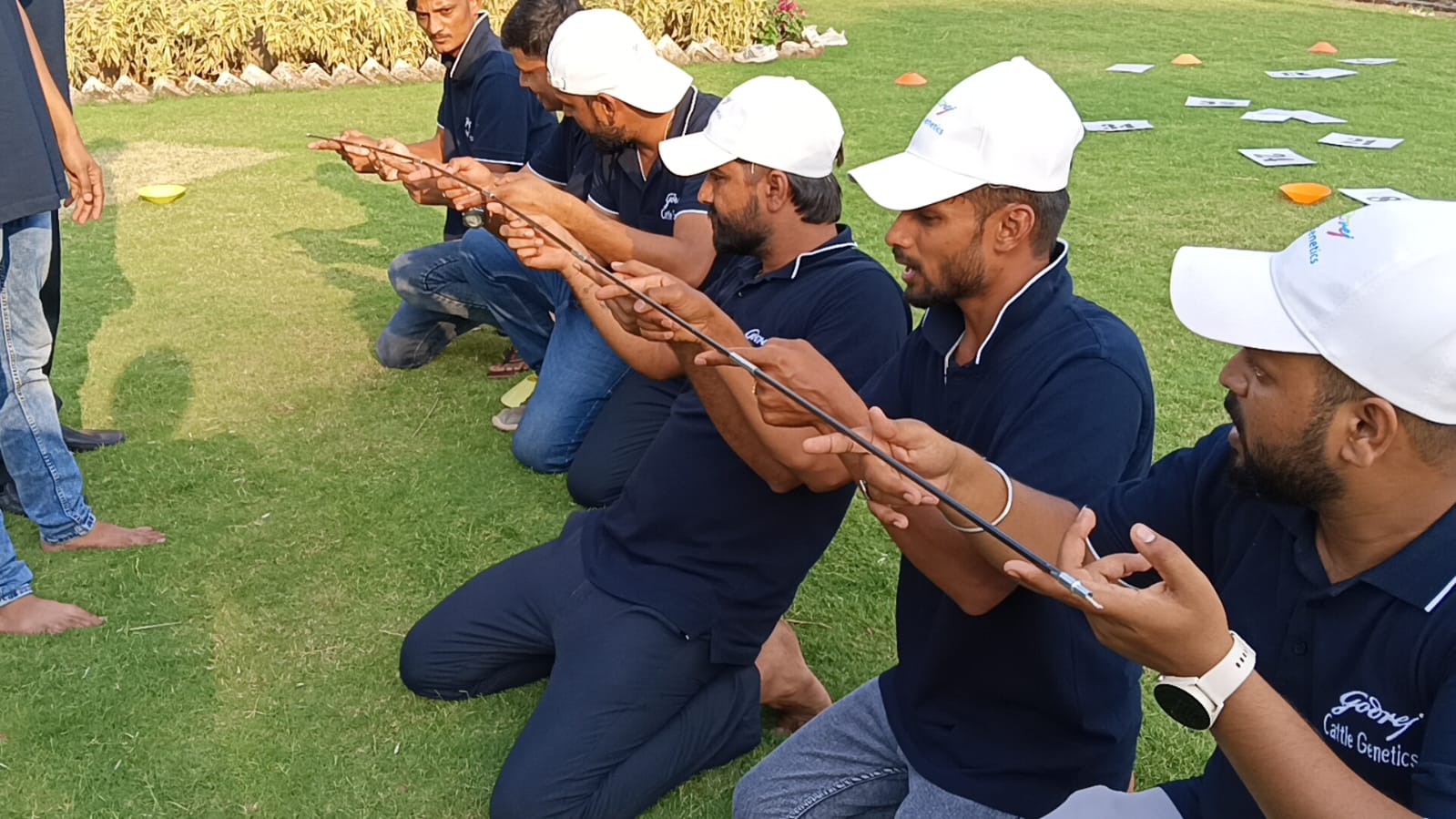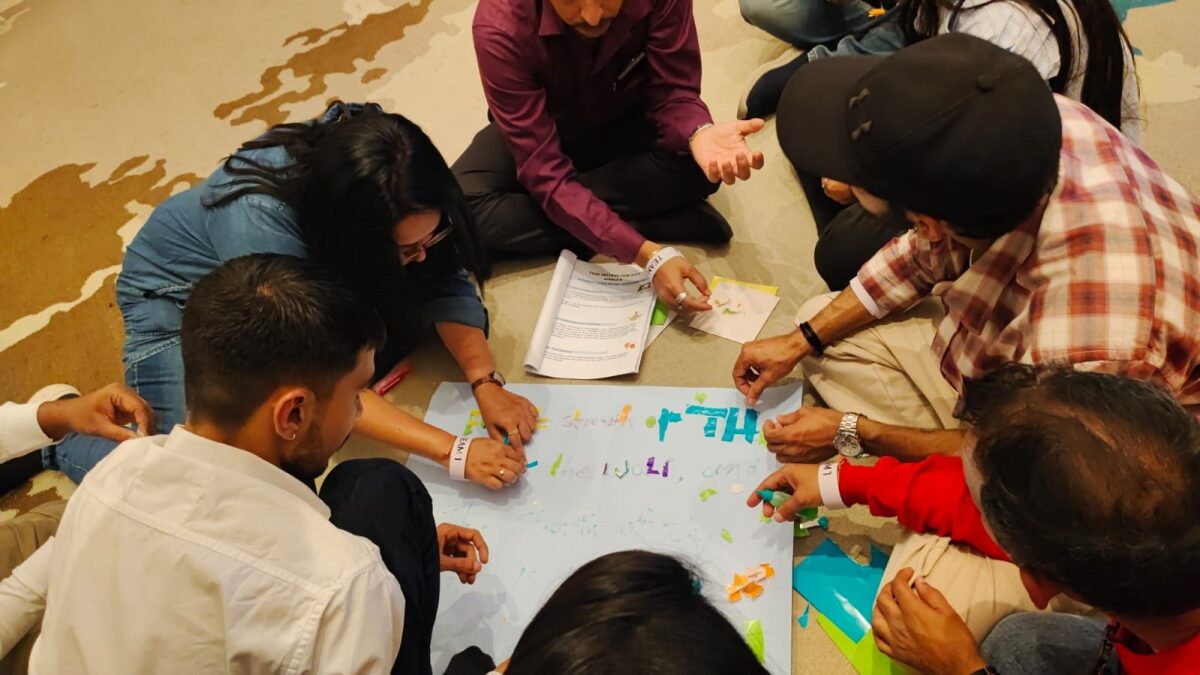
You must have seen it too, in many corporate offices, there’s a lot of excitement around Fun Fridays, regular activities, and team-building sessions.
But if you observe closely, not every employee actively participates or shows much interest. Why does this happen? Because many of these activities feel repetitive, boring, or don’t offer any real value to the participants.
That’s exactly why, in this blog, I’ve listed some of the best and most effective team building activities for corporate teams. These ideas aren’t just about passing time, they’re designed to offer fresh experiences, genuine value, and meaningful engagement.
With these best team building activities for corporate, you’ll be able to involve more participants, make office gatherings delightful, productive, and most importantly, valuable for both the employees and the company.
Let’s get started.

Let us break team-building ideas into simple, practical points—because in corporate worlds, it’s not about what sounds fancy; it’s about what works.
Gone are the days when managers made decisions and teams just followed orders. Today’s corporate culture thrives on collaboration, innovation, and open communication.
Without strong internal relationships, companies struggle with:
In fact, 86% of employees and executives cite a lack of collaboration or ineffective communication as the reason for workplace failures.
When people don’t feel connected to their team or the company, they mentally check out. And when that happens, productivity drops, and turnover rises.
Team-building helps employees feel valued and involved. Here’s what poor engagement can cost a company:
| Issue | Impact on Business |
| Low Engagement | Lower productivity and morale |
| High Turnover | Recruitment & training expenses rise |
| Weak Communication | Missed deadlines and project failures |
Never underestimate the power of human connection in business.
Team building activities break the ice, build trust, and foster mutual respect. When people get along, they collaborate better and support each other during tough times.
Corporate life comes with deadlines, targets, and pressures. Team-building sessions—whether casual games, problem-solving challenges, or volunteering events—give people a healthy break, relieve stress, and recharge their minds.
| Remember: Happy teams work better. Employees who take part in regular team-building feel more satisfied at work, and happier employees are 12% more productive. |

Team-building isn’t about wasting a Friday afternoon playing dumb games. It’s a smart, strategic tool if you know how to use it. Let’s find out what it actually brings to the table.
When people talk better, work gets done faster and with fewer mistakes. Team-building makes people open up, ask questions, share feedback, and explain ideas better.
Workplaces with high trust have lower turnover, less micromanagement, and better collaboration. Team-building builds trust naturally through shared experiences, not forced speeches.
Corporate pressure is real. Regular team-building lifts spirits, relieves stress, and improves overall job satisfaction.
In a fun, informal environment, you’ll often discover who steps up when it matters — future leaders, problem-solvers, and influencers you might have overlooked otherwise.
Team-building connects people from different teams who don’t normally interact, leading to faster cross-functional collaboration when projects demand it.
Fresh settings and out-of-the-box challenges push employees to think differently, solve problems creatively, and share unconventional ideas that could benefit the company.

Here’s a list of team-building activities for the office which help you build stronger, happier, and more productive teams. These aren’t generic ideas, these are tested, corporate-friendly activities that deliver results.
What it is: Teams are given a mock business problem (like saving a failing brand, launching a new product, or handling a PR crisis) and asked to solve it within a set time.
Why it works: It builds problem-solving, decision-making, teamwork under pressure, and leadership skills — all while being fun and competitive.
What it is: Teams are given clues, riddles, and tasks leading them to different locations within or outside the office premises (or a designated venue). Think of it as a corporate treasure hunt with a mix of strategy, speed, and problem-solving.
Why it works: Geo hunt promotes collaboration, strategic thinking, leadership under pressure, and improves communication in a high-energy, fun environment. It also helps people break out of their routine and interact beyond their immediate teams.
What it is: Bring people from different departments together to solve a business problem or pitch new ideas. Can be done in a day or stretched over a week.
Why it works: Encourages collaboration across teams, sparks fresh ideas, and breaks silos. It also helps employees appreciate the challenges of other functions.
What it is: Teams work on a task where they’re not told who holds what designation. Everyone contributes as equals without hierarchy.
Why it works: Encourages merit-based leadership, improves active listening, and shows managers the hidden potential of their teams.
What it is: Regular, informal group conversations where employees share what’s working, what’s bothering them, and ideas for improvement.
Why it works: Builds trust, improves workplace transparency, and creates a healthier work environment by addressing concerns before they grow toxic.
What it is: Teams face an unexpected situation (like a sudden client complaint, a system breakdown, or a last-minute tender submission) with assigned random roles.
Why it works: Develops agility, quick thinking, role appreciation, and collaborative leadership.
What it is: Teams collaborate on social responsibility projects (like building eco-friendly kits, organizing charity drives, or awareness campaigns) with a performance-based goal.
Why it works: It gives employees purpose beyond profit, fosters teamwork through shared values, and boosts organizational pride.
What it is: Junior employees mentor seniors on new-age topics like AI tools, social media trends, or work-life balance hacks.
Why it works: Breaks generational gaps, improves mutual respect, and gives younger employees a voice in corporate decisions.
What it is: Chain reaction challenge is about teams working together to build a complex machine where one action triggers a chain of reactions, eventually achieving a simple task (like popping a balloon or ringing a bell). It’s like fun Rube Goldberg machines—only built by your employees!
Why it works: Encourages creativity, teamwork, patience, problem-solving, and detailed planning. It also naturally brings out leadership, coordination, and idea-sharing within teams as they test, fail, and retry together.
What it is: Employees voluntarily share their biggest work mistakes and what they learned from them, followed by casual Q&A and laughter.
Why it works: Normalizes failure, promotes psychological safety, and encourages risk-taking within responsible limits.

Before you start organizing these team building activities for corporate events, remember these common mistakes most people make—and stay miles away from them.
Here’s a quick list for you:
That’s all! In this blog, we have discussed the importance, benefits, and effective team-building activities that actually work in corporate environments.
These insights will not only help you understand the deeper purpose behind team-building but also equip you with fresh, practical ideas you can confidently implement in your future workplace.
Remember, team-building activities for small groups isn’t about just organizing games and picnics. Hence, partnering with a team building company can help you design customized, impactful experiences that align with your company’s culture, employee preferences, and business objectives.
Ready to build an impactful team? Get in touch with experts!